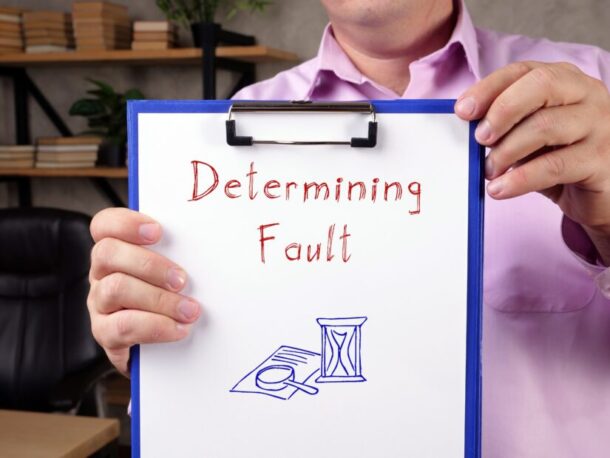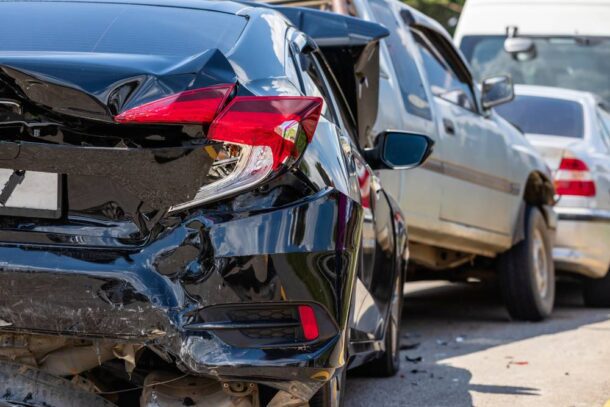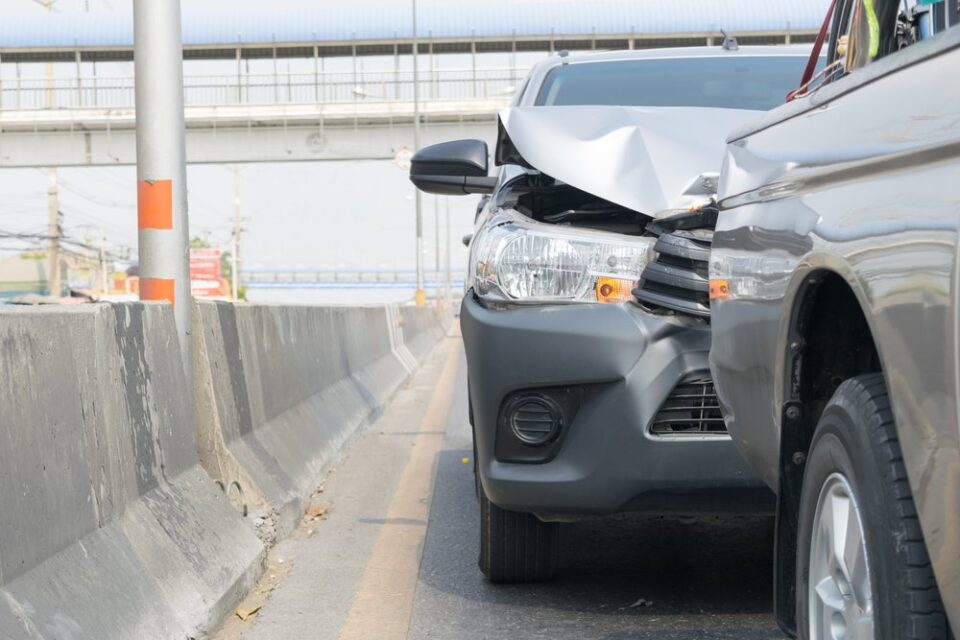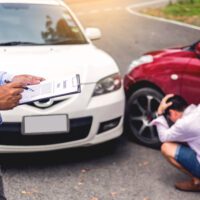Car accidents can cause loads of issues, and it’s no surprise that a lot of them come from the state of New York. They occur when one vehicle strikes the back of another, often resulting in property damage, injuries, and legal complications. Understanding how fault is determined in a rear-end collision in New York is essential for drivers to be aware of. Especially when it comes to receiving compensation. Rear-end collisions, while seemingly straightforward, can be more complex than they appear. New York State’s traffic laws establish a fundamental principle: every driver must maintain a safe following distance, allowing enough space to stop safely in case the vehicle in front suddenly brakes. This rule is designed to prevent precisely the kind of accidents that occur when one car rear-ends another.
Determining Fault

Determining who is at fault is not as easy as it looks. New York State’s legal system recognizes that situations leading to a rear-end collision can be multifaceted. For instance, if the car in front suddenly swerves or stops due to a medical emergency or to avoid hitting an animal, the driver in the rear may not be held entirely liable. Weather conditions often play a role in rear-end collisions. In a state like New York, where winter snow and ice are common, drivers are expected to adjust their driving to the road conditions. Failing to do so and causing a rear-end collision in adverse weather might result in shared liability. Drivers need to stay weather-aware when they’re on the road. Especially if the weather is looking a bit dangerous.
Comparative Negligence

Drivers need to understand the rules of comparative negligence if they want to get the money they need after a collision. This is designed for multiple parties to take fault but still be able to receive compensation. The degree of fault is determined on a percentage basis, allowing for a fairer assessment of liability. For example, if the driver in front had a broken taillight, reducing their visibility to other drivers, and the driver in the rear was speeding, both parties could share the blame to varying extents. That way it’s not just forced on one person, other parties can take responsibility for the accident.
Proving Liability
When involved in a rear-end collision, gathering evidence is necessary to prove who is responsible. Drivers need to collect evidence from the scene of the accident to help with their case. This means they need to take pictures and videos of the accident to help with their claim. Witnesses can also help with your claim so it’s important to write down their information. Exchanging insurance information with the other party involved is standard procedure after an accident. It’s vital to record the other driver’s insurance details accurately. If the information isn’t correct, that can cause future issues.
Seeking medical attention immediately after the accident is important, even if injuries seem minor. You don’t want to assume and realize your injuries are worse than they seem. Medical records and doctor’s notes provide evidence linking injuries directly to the accident. Which helps you prove where these injuries came from Delaying medical treatment might weaken the case, as the opposing party could argue that the injuries were not severe enough to warrant immediate attention.
The Role of Negligence
In the determination of fault in rear-end collisions, negligence often plays a central role. Negligence refers to a driver’s failure to exercise reasonable care, leading to another person’s injury or property damage. Instances of negligence in rear-end collisions might include distracted driving, such as texting or talking on the phone, or reckless behavior, such as driving under the influence of alcohol or drugs. If a driver is found to be negligent, they are likely to be held responsible for the accident. Proving negligence typically involves demonstrating that the driver failed to adhere to the standard duty of care expected on the road. For instance, if a driver was texting and did not notice that traffic had come to a stop, causing a rear-end collision, their negligence would be a significant factor in determining liability.
Legal Assistance: Navigating the Complexities

Navigating the legal complexities of a rear-end collision case in New York State can be overwhelming, especially when dealing with insurance companies and legal procedures. Seeking legal assistance from experienced personal injury attorneys is advisable. These professionals know necessary to help with your case. They understand how the system works and will make sure it works in your favor.
An attorney has the skills to speak with insurance companies, so you don’t have to. This keeps you protected and ensures that you get the money you need. Insurance companies tend to underpay victims and your attorney will make sure you are compensated fairly. That way you’re able to pay for any damages that received during your accident. Having that legal representation puts you in a better position than without one. Companies and other attorneys can work with you, and you don’t feel you’re being taken advantage of. You can be guided through the process without feeling like you don’t know what you’re doing. Your attorney will be able to explain everything so you’re not out of the loop. If your case goes to trial, you have someone ready to fight for you. They’ll bring your case and show how the other person owes you money without you having to worry.
Understanding who is at fault in a rear-end collision is important when trying to build your claim. While it’s obvious that the driver who hit you takes the blame, it might not just be them paying for everything. It’s important to know how the comparative fault system works in the state to ensure you understand everything that’s going on. Make sure to collect evidence to help establish who is liable for this accident. If things start to feel confusing, it’s in your best interest to hire an attorney. That way they can explain everything and keep you protected. You have a right to seek justice for this accident and receive some form of compensation. Your attorney will see that you receive your money promptly.



